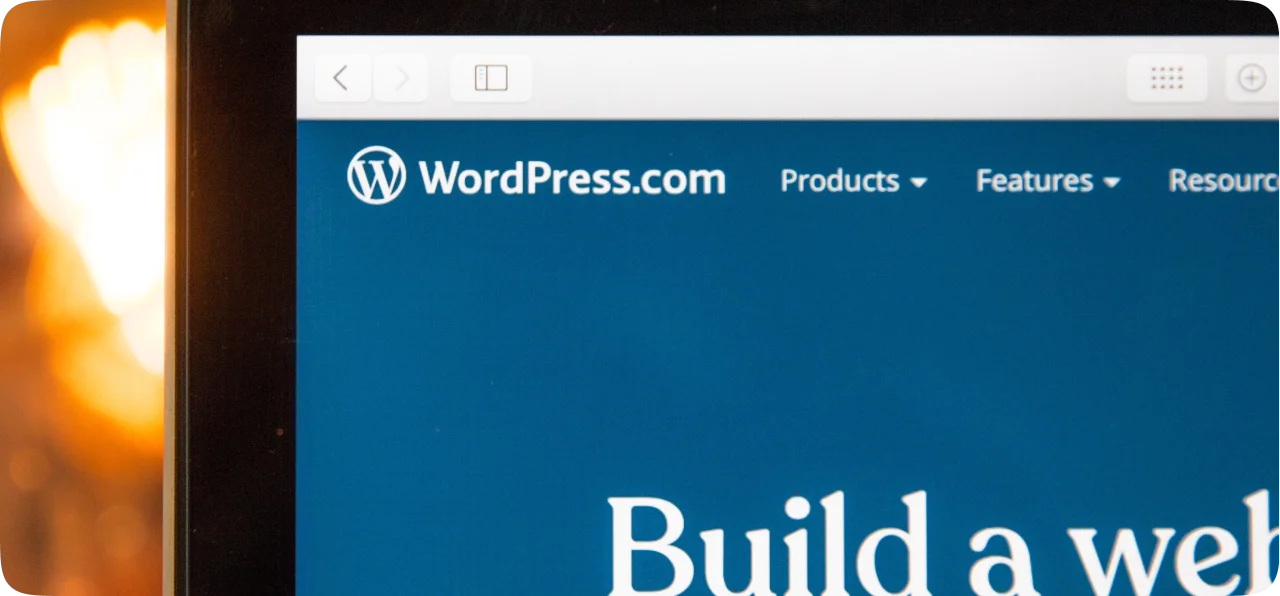- What we do
- Technologies
- Our Work
- About Us
- Blog
- Contact Us
Empower people through technology and innovative solutions

Enterprise Application Development is a multifaceted and continually evolving domain critical to the prosperity of contemporary enterprises. These applications form the backbone of organizations, facilitating essential functions, data management, and communication. Nevertheless, they present formidable challenges that necessitate innovative remedies. In this article, we will explore the foremost challenges encountered in Enterprise Application Development and delve into effective solutions to tackle them.
Scalability, in the landscape of Enterprise Application Development, denotes the capability of a system to efficiently manage augmented workloads. In cases where scalability is lacking, applications grapple with burgeoning demands, resulting in performance glitches and user discontentment.
Inadequate scalability can lead to an array of predicaments, encompassing tardy response times, system crashes during peak loads, and an overarching detrimental influence on the user experience. It can also constrain an organization's capacity to expand and adjust to shifting business requisites.
Horizontal Scaling Techniques: Execute load balancing and distribute workloads across numerous servers to boost performance. This method guarantees even allocation of incoming requests, averting any single server from becoming a bottleneck.
Vertical Scaling Strategies: Uplift hardware and resources within a single server to accommodate burgeoning demands. This necessitates the augmentation of CPU, memory, or storage capacity within the existing server.
Containerization and Microservices: Get your hands on containerization platforms like Docker and adopt the microservice's architecture to enhance agility and scalability. Microservices disassemble applications into smaller, independent services that can be individually developed, deployed, and scaled.
As the frequency of data breaches surges, security assumes paramount importance in the domain of Enterprise Application Development. A breach can culminate in data loss, financial setbacks, and reputational damage to an organization.
Enterprise applications constitute attractive targets for cyberattacks owing to the valuable data they store and process. Prominent security threats encompass:
Encryption and Data Protection: Implement robust encryption methods to safeguard data at rest and during transit. Employ protocols such as TLS/SSL to encrypt communication between clients and servers.
Regular Security Audits and Testing: Perpetually scrutinize vulnerabilities through penetration testing and code reviews. Detect potential security weaknesses and proactively rectify them.
Role-Based Access Control (RBAC): Restrict access to sensitive data contingent on user roles and permissions. Allocate precise privileges to users or groups, constraining their actions within the application.
Modern enterprises are reliant on an assortment of software applications, necessitating harmonious coexistence. Integration challenges can impede communication and data flow.
Enterprise applications often necessitate integration with diverse systems, including third-party services, legacy applications, and databases. Prevailing integration challenges encompass:
API-First Approach: Design applications with APIs as a foundational consideration to expedite integration with other systems. APIs provide a standardized conduit for applications to converse with one another.
Middleware Solutions: Harness middleware tools to streamline communication between distinct software components. Middleware acts as an intermediary, translating data and facilitating communication between systems.
Enterprise Service Bus (ESB): Institute ESBs to oversee intricate interactions amid applications. ESBs offer centralized control and message routing between integrated systems.
A favorable user experience is pivotal for user acceptance and contentment; overly intricate and bewildering interfaces can foster inefficiency and productivity erosion. In the world of Enterprise Application Development, these challenges often arise as enterprise applications tend to prioritize functionality over user experience, culminating in suboptimal UX. This disparity can hinder user efficiency, leading to frustration and reduced productivity, highlighting the importance of prioritizing user-centric design principles to enhance the overall usability of enterprise applications.
User-Centric Design Principles: Accord primacy to user requisites and inclinations in the design process. Conduct user research to comprehend their objectives and pain points.
Continuous Usability Testing: Accumulate user feedback and institute iterative refinements. Usability testing entails observing user interaction with the application and identifying scopes for enhancement.
Responsive Design for Multi-Platform Support: Guarantee application accessibility and functionality across diverse devices. Responsive design tenets adapt the user interface to varying screen sizes and orientations.
Enterprise applications demand ceaseless maintenance and updates to remain pertinent and secure. However, managing these transformations can be intricate. Challenges linked to updates and patches are ever-present, as updating enterprise applications can disrupt operations and introduce novel predicaments if not managed judiciously. Careful planning and a robust approach to automated testing and deployment are essential to mitigate potential disruptions and ensure the continued reliability and security of these critical systems.
Automated Testing and Deployment: Implement automated testing procedures and continuous integration to streamline updates. Automated tests are adept at detecting issues in the early stages of development, curbing the likelihood of errors in production.
Version Control Systems: Employ version control tools like Git to monitor alterations and foster effective collaboration. Version control enables multiple developers to simultaneously work on the same codebase while conserving code history.
DevOps Practices for CI/CD: DevOps tenets to facilitate seamless and frequent releases. DevOps fosters collaboration between development and operations teams, simplifying the deployment process.
In the ever-evolving sphere of Enterprise Application Development, challenges are an inherent facet. Nevertheless, proactive solutions are at the ready to confront these challenges head-on. By focusing on scalability, security, integration, user experience, and efficient maintenance, organizations can ensure that their enterprise applications not only meet but surpass expectations, contributing significantly to their overall triumph. Try these solutions, and your enterprise will flourish in the digital era.


Fill up the form and our Team will get back to you within 24 hours.

Fill up the form and our Team will get back to you within 24 hours.

Fill up the form and our Team will get back to you within 24 hours.